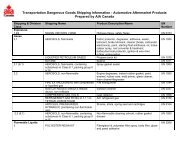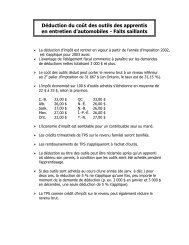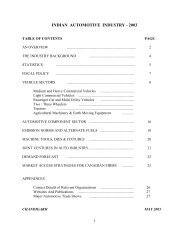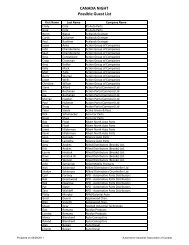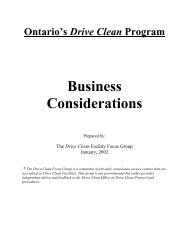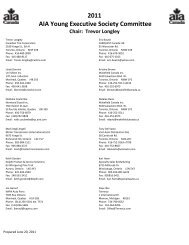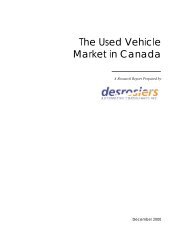Euro 5 Impact Assessment - Automotive Industries Association of ...
Euro 5 Impact Assessment - Automotive Industries Association of ...
Euro 5 Impact Assessment - Automotive Industries Association of ...
Create successful ePaper yourself
Turn your PDF publications into a flip-book with our unique Google optimized e-Paper software.
Gas vehicles would therefore fall into the positive ignition category. The Regulation hasbeen amended to reflect this clarification.In terms <strong>of</strong> bi<strong>of</strong>uels, it is most likely that these will be blended in certain quantities intopetrol and diesel and used in conventional petrol and diesel vehicles. At this stage <strong>of</strong>development <strong>of</strong> the supply <strong>of</strong> these fuels it is unnecessary to develop separate emissionstandards.The scope <strong>of</strong> the Regulation is set out in Article 2 <strong>of</strong> the draft Regulation, this highlightsthat it applies to all vehicles equipped with positive ignition engines. A change has beenmade to clarify the situation with regard to gas vehicles.The emission limits set out in Table 1 apply to all vehicles which are subject to thelaboratory test that measures tailpipe emissions (Type 1 Test). This test is restricted tovehicles with a maximum mass <strong>of</strong> less than 3.5 tonnes due to the nature <strong>of</strong> the testequipment required. The emission limits for M vehicles thus apply to M 2 vehicles whichare able to be type approved under this regulation and have a maximum mass below 3.5tonnes. The designation on the table <strong>of</strong> M category vehicles is therefore correct.…42



